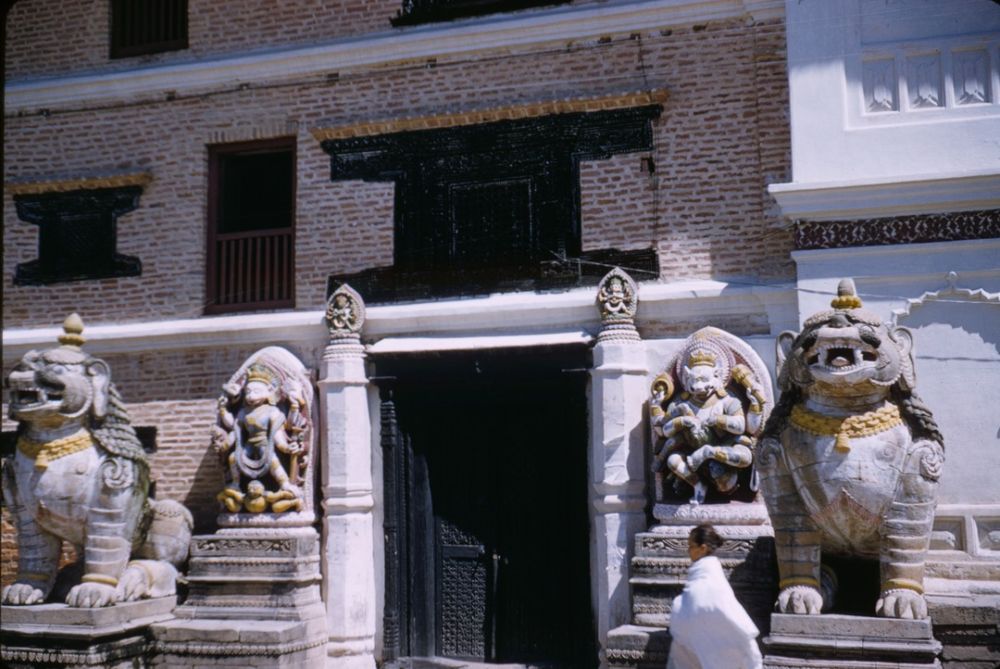

The Lion Gate is one of the most iconic historical landmarks located in Bhaktapur, an ancient Newar city in the Kathmandu Valley of Nepal. This ornately carved gateway is part of the renowned Durbar Square, which is a UNESCO World Heritage Site. The gate features two massive stone lions on either side, guarding the entrance to a courtyard containing some of the most exquisite examples of medieval Nepalese art.
Tourism in Bhaktapur—and at The Lion Gate specifically—has a storied history that dates back several decades. Following the designation of Bhaktapur Durbar Square as a UNESCO World Heritage Site in 1979, the area experienced a surge in international attention. This acknowledgment drove preservation efforts and subsequently turned Bhaktapur, and The Lion Gate by extension, into a sought-after destination for tourists around the world interested in history, architecture, and culture.
The Lion Gate was erected in the 17th century by King Bhupatindra Malla, one of Bhaktapur's most revered rulers. The gate is noted for its intricate wood carvings and the historic significance of its lion statues, which symbolize protection and power. Right above the gate is an image of the Hindu goddess Ugrachandi, an embodiment of ferocity and strength.
Tourism at The Lion Gate has had a profound impact on the local community, providing employment opportunities and a platform for the preservation of traditional crafts and culture. The locals rely significantly on tourism for their living, with many engaged in selling traditional crafts, guiding tours, and operating local eateries and boutiques.
In recent years, there has been a noticeable shift towards sustainable and responsible tourism in Bhaktapur. Visitors are increasingly seeking authentic experiences that contribute to local economies without harming the environment or cultural heritage. As a result, there has been greater emphasis on eco-friendly practices and cultural immersion experiences.
Experiential tourism, including pottery-making workshops, cooking classes showcasing Newari cuisine, and traditional music and dance performances, is becoming more popular. Additionally, there is a rising trend of community-based tourism, where tourists stay with local families to experience daily life in Bhaktapur.
Travelling to Bhaktapur offers a chance to step back in time. Visitors to The Lion Gate should take the opportunity to explore the surrounding temples, courtyards, and museums. The best time to visit is during local festivals like Bisket Jatra or Gai Jatra, which offer unique glimpses into the city's living traditions.
Note: There may be an entry fee for tourists visiting Bhaktapur Durbar Square, including The Lion Gate. These funds generally contribute to the maintenance and restoration of the historical sites within the square.